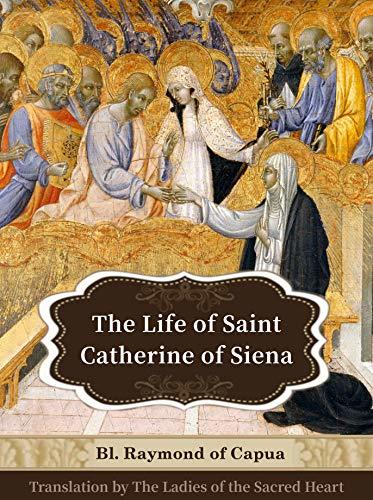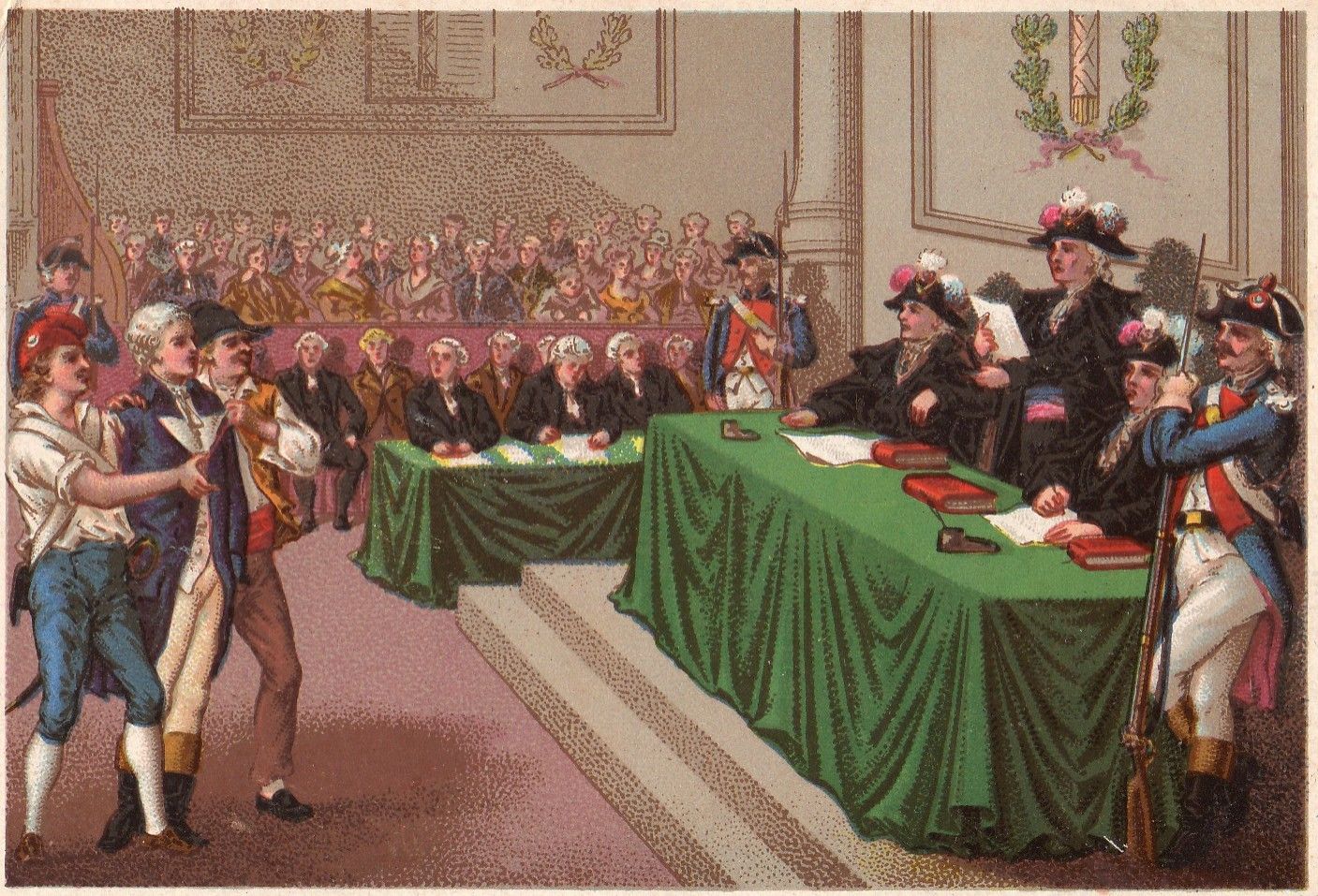Saint Magnus
Like the scriptorium illuminated manuscripts, a Catholic book ought to be a work of art.
“Will I deteriorate as a writer if I read this book?” I questioned my editor.
“Endorsed by the Catholic Writers Guild? This could raise suspicions of nepotism.” I added.
“No, no, it’ll in fact, inspire you to be a better writer. You witness first hand the effects on the story.”
“Okay,” I hesitated, “I’ll give it a try, but I’m having a hard time stomaching this.”
The concept of this book is intriguing. Historical novels are captivating.
One would expect the writer to adhere to period dialogue instead she uses colloquial language and sometimes period vocabulary. There is a lack of consistency in the text. Additionally there is a use of trite phrases.
Here are some examples of overused common language in the book: p. 20 “dead meat” p. 21 “come out from under a rock” p. 15 “to say the least”
Yet on p.19 we read period language, “Speak not like that before the Council, son.”
There are poorly designed sentences that may make grammatical sense but stop the flow of the text.
p. 22 “As if in a daze, Grida wandered silent and alone through the still smoldering ashes…” through “what had been…” “her and her…” father’s home.”
I stopped reading, “her and her…” may make grammatical sense but the result is awkward.
My recommendation to the author is to study two resources:
“The Elements of Style,” by Strunk and White and
“On Writing Well,” by William Zinsser.
I would not recommend this to teens who are learning to write and ought to surround themselves with great literary works. Let them read Mark Twain, GK Chesterton, Victor Hugo (Les Miserables), The Count of Monte Cristo, etc. The saints have a plethora of good reading for teenagers and adults.
St. Magnus deserves better and so do young Catholics.
Good writers are hard to find, bad writers turn the business of writing into a sport.
I will put this book to rest.


